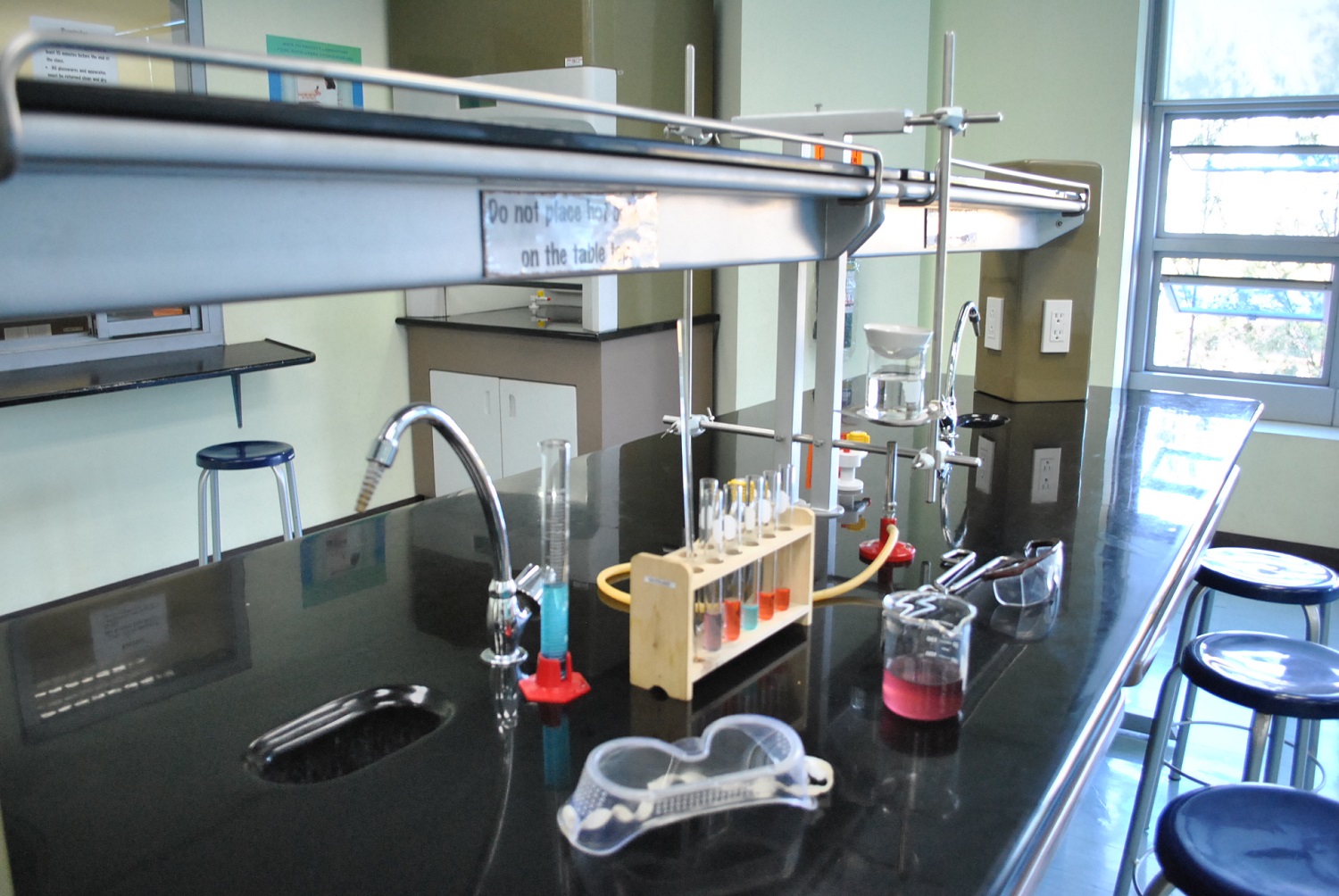Membrane filters use pressure to push water or another style of fluid to carry through the pores or slightly penetrated membranes. This process separates the suspended particle into soluble and liquid components. Membrane filters are also known as thin-film membranes which have specific dimensions of their pore size. These are also known as small filters, screens, or filters, and they store viruses or particles more extensive than the size of their holes through a photography procedure. Let’s discuss features and types of membrane filters in this post.
Types of Membrane Filters
On the market, there are several numbers of membrane filters obtainable. Different corporations and manufacturers come up with several outcomes. It’s best to learn about the varieties of membrane filters so that you understand just what will work for your requirements.
Mixed Cellulose Esters
These filters contain cellulose acetate and cellulose nitrate. They are very hollow, clean, and have time to wet first. These are typical membrane filters utilized for various applications in laboratories such as air monitoring, pollution analysis, microbiology, and liquid biological closure.
Cellulose Acetate
These filters have cellulose diacetate and triacetate. They are sterilizable, have increased power, and have low stationary authority. You can operate these membrane filters for operations such as diagnostic cytology, filtering enzyme resolutions, investigations that affect receptor binding, and enhanced healing of gram-positive, particular organisms.
Coated Cellulose Acetate
These filters enclose cellulose acetate that launched onto the non-woven polyester permission. These membrane filters have a low fixed cost matrix with improved chemical compatibility. This type of filter is mostly employed as a defining prefilter or filter.
Hydrophilic PTFE
These filters have the highest pH and chemical opposition. They are transparent when wet and also deliver high flow rates. You can operate these membrane filters for HPLC and other classifications of varieties of organic and aqueous solvents.
Hydrophobic PTFE
These filters are extremely perforated, thin, and perform as a sticky membrane. They stay fixed even on solid bases, strong acids, and chemical solvents. You can utilize these membranes to produce deadly gases, to remove gas and air. Also, you can recognize and destroy solid embryones or filters that are not consistent with other membranes.
Nylon
These are heat-resistant membrane filters and are naturally hydrophilic. They are also compatible with alcohol solvents and liquids and solutions. You can employ these filters to schedule HPLC models, air purifiers and also to filter and filter organic and aqueous solvent resolutions.
Polycarbonate
These are optically fine and have cylindrical pores, which are mostly constant. They are durable, have excellent chemical opposition, and have acceptable thermal equilibrium. You can operate these membrane filters for electron microscopy, epifluorescence microscopy, light microscopy, sterility testing, and drinks.
Methods Where you can Utilize Membrane Filters
Membrane filters can use for a variety of objectives. Generally, the membrane filter you select will depend on what types of procedures you plan to operate. Here are some ways in which you can apply such filters,
Cross-flow Filtration
This process is widely utilized in the food industry. It is a filtration technology for indefinite liquids like wine, juice, and more. And also, this is used in dialysis sometimes.
Microfiltration
The essentials of the filter area for this process may be stainless steel, cloth, or plastic. This process is commonly used in biotechnology systems to disperse aqueous oil emulsions or to disperse colloidal hydroxides or oxides.
Nanofiltration
This process uses low pressure and membrane filters with holes of significant size. This procedure is helpful in the therapy of drinking water like eliminating heavy metals and softening the water.
Ultrafiltration
This procedure is used to separate protein or to control colds in the pharmaceutical enterprise. It is also helpful for filtering wastewater and receiving metal in the metallurgy sector.
Final Words
These are some features and types of Membrane filters that you must know about it. By understanding these, you can pick your filters and utilize them according to your need. For more knowledge, you contact us through our comment section.

